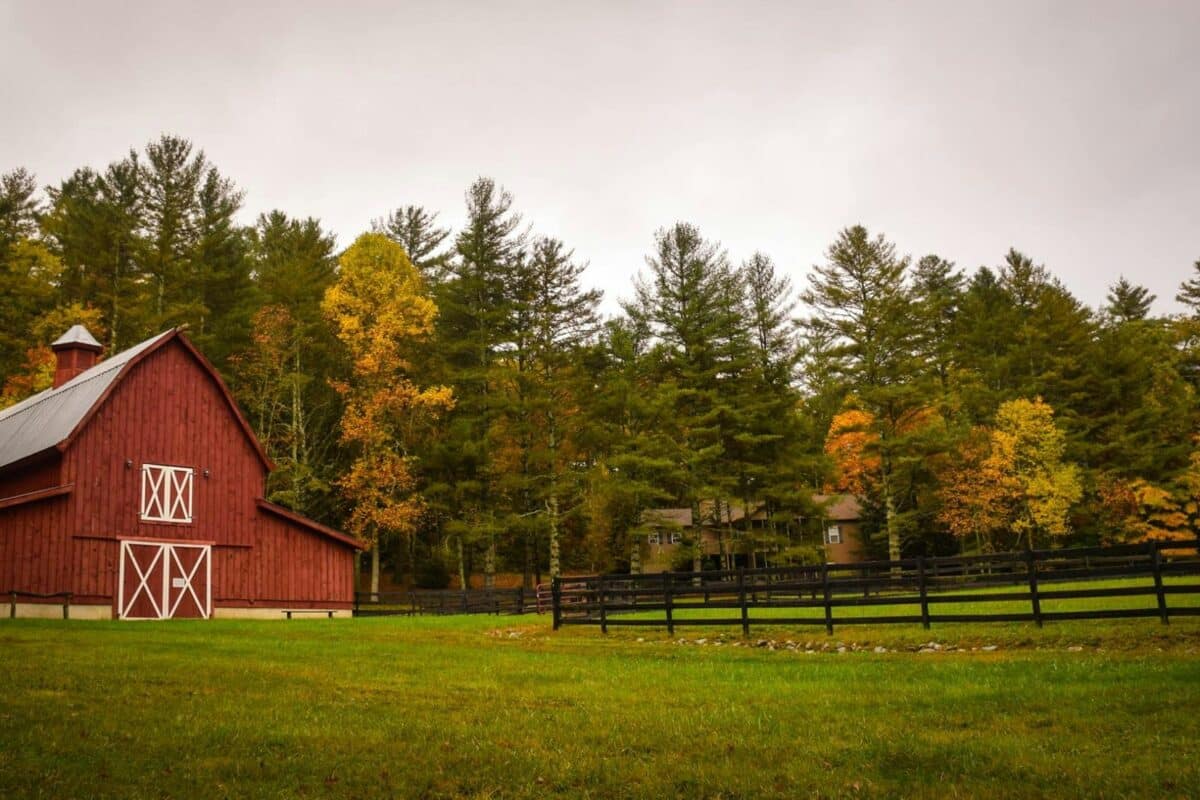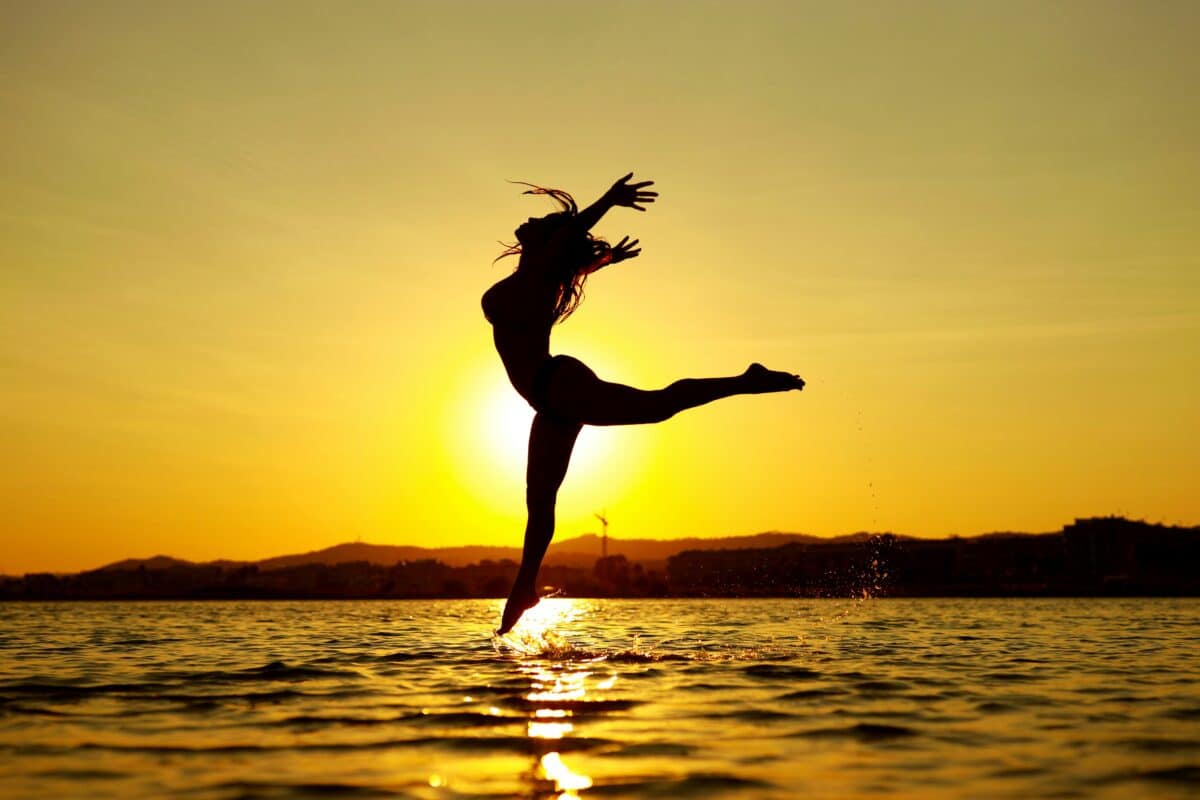 On the day I flew without safety lines for the first time, it was a Tuesday morning in April, the San Francisco cerulean sky stretching cloudless above the Bay Bridge as I drove to Trapeze Arts in Oakland. I had tickets to the Warriors game that night, and was looking forward to a wonderful day: flying trapeze, then a quick jog at Crissy Field, a few hours of work, and then off to the game. That day, when I walked into the gym, I expected to feel the usual excitement and sense of camaraderieI that is always part of my trapeze experience. I was not expecting that particular class to bring me a watershed moment.
On the day I flew without safety lines for the first time, it was a Tuesday morning in April, the San Francisco cerulean sky stretching cloudless above the Bay Bridge as I drove to Trapeze Arts in Oakland. I had tickets to the Warriors game that night, and was looking forward to a wonderful day: flying trapeze, then a quick jog at Crissy Field, a few hours of work, and then off to the game. That day, when I walked into the gym, I expected to feel the usual excitement and sense of camaraderieI that is always part of my trapeze experience. I was not expecting that particular class to bring me a watershed moment.
That morning, one of the Trapeze Arts instructors, Paris Zebadua, was on the platform. As I tried to clip myself into the safety lines, Paris pulled them away. We wrestled, me snatching at those safety lines, Paris refusing to give them to me, instead clipping them to the rig. I was shocked. I’m not good enough to fly without safety lines, I whined, adding, “I’m terrified.”
“No safety lines, girlfriend,” Paris insisted, his voice gentle but firm. “Fly free.”
“I can’t,” I wailed. “And you can’t push me into doing something I’m not ready to do.”
“If I don’t push you, you’ll never know what you’re capable of doing,” he said.
Paris held my waist and ignored my protestations as I took off for the first time without being tethered by safety lines to an instructor on the ground. He called out encouragement as I swung. After a few swings, he called “Hep,” and I dropped safely to the net.
I climbed out of the net with adrenaline coursing through me, my hands shaking, my knees weak, my trapeze high much higher than usual. I climbed the ladder, caught my breath, and swung again without the safety lines. Then again. And again.
After class, Paris and I talked trapeze over cups of coffee. Despite my trapeze high, I was still miffed he had pushed me, had taken away my safety lines. “It’s my job to give you wings,” he insisted. “To give you freedom. To teach you to fly.”
Nearly 11 years later, I realize my trapeze instructors really do think they are teaching me to fly.
I think they’re teaching me to live.
Looking back, I can see how Paris gave me freedom, but more importantly, he gave me confidence. He believed I could fly without safety lines, and his belief in me eventually translated into my believing in me too. Believing I can do something is half the battle.
Today, most of the corrections I receive for my trapeze tricks are corrections I also need to make in my life on the ground. “When you’re doing the cutaway half correctly, it doesn’t feel like you’re doing much,” my instructor Hal tells me. In trapeze, when I create extra movements that don’t serve the trick or skill I’m performing, I waste a lot of energy. I mess up my timing. I have to fight against momentum and gravity. And, usually, the trick doesn’t work out despite all that extra effort.
I’m starting to realize how much this applies to my writing career. When I’m pursuing the right writing projects, the words flow, the assignments flow, the money comes. When I spend a ton of energy chasing down assignments that are not right for me, I usually end up wasting my time. Or if I land the assignment, the fee I receive from it comes nowhere near matching the amount of time and effort I put into the work.
Doing more does not always produce better results. When I’m doing things correctly, I’m not over-exerting, I’m not over-working. Right action is far preferable to extra action.
Trapeze—and Hal—have driven home some of the best advice I’ve received: when I don’t know what to do, do nothing. In trapeze, when I don’t know what to do my instinct is to flail myself around. In life, I do the same thing.
Lately I’m learning the value of saying nothing when I don’t know what to say; doing nothing when I don’t know what to do. Lately, I’ve amended my philosophy ever so slightly, yet importantly: When I don’t know what to do, meditate and the answers will come.
I’m almost certain my trapeze instructors don’t think of themselves as gurus. I know they think they’re just teaching me how to fly on the trapeze.
But I know they’re teaching me how to live here on the ground.
***
My book, Flying Free: Life Lessons Learned on the Flying Trapeze, shows I conquered fear, perfectionism and self-doubt, and learned to soar on the trapeze and in life. Paperback and Kindle versions of the book are available on Amazon.com. You can also buy the paperback here through PayPal.


